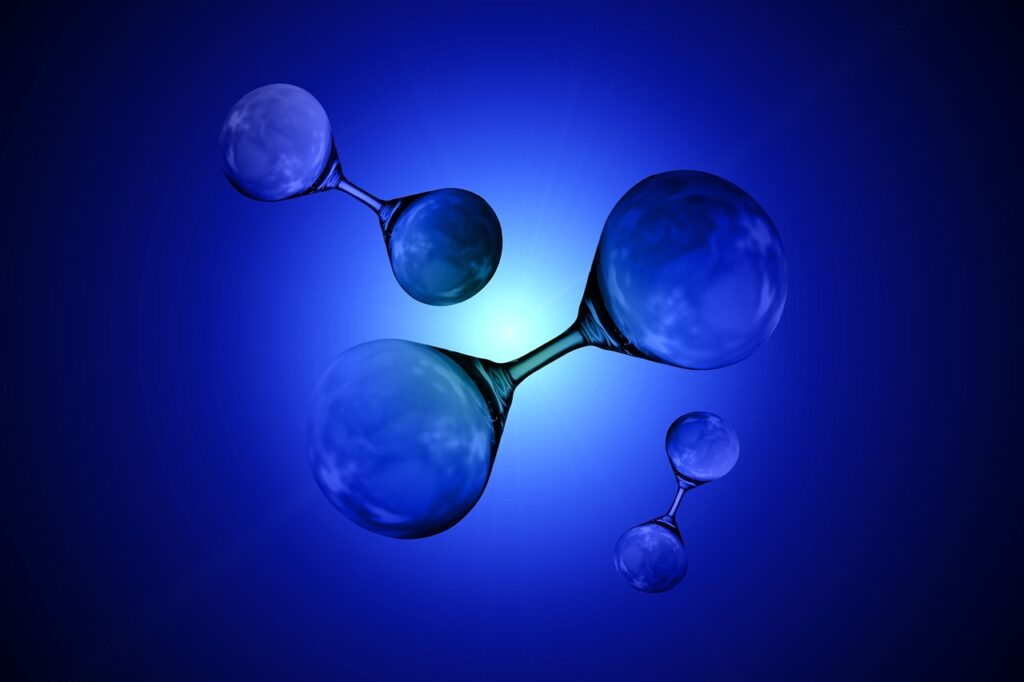The $4.5 billion blue hydrogen project in Louisiana, once hailed as Air Products’ crown jewel in the clean energy transition, now appears to be on the auction block—discreetly. While the industrial gas giant insists it’s merely seeking “equity partners,” the urgency and specificity of its hunt raise a thorny question: Is this a strategic pivot, or a quiet retreat from a bet gone wrong?
The Elephant in the Room, Why Partner Now?
Air Products’ sudden push to attract Asian investors—specifically Japanese and Korean firms—reeks of desperation. The project, announced in 2021 with fanfare, was supposed to anchor the company’s dominance in blue hydrogen. Yet three years later, CFO Melissa Schaeffer is scrambling to offload equity, dangling offtake agreements as bait. This isn’t collaboration—it’s a fire sale dressed in corporate jargon.
Why the rush? The timing is suspect. Blue hydrogen’s viability hinges on two shaky pillars: cheap natural gas and carbon capture technology. With U.S. gas prices volatile and carbon sequestration costs ballooning, the math looks riskier than ever. Meanwhile, competitors like Linde and Air Liquide have scaled back hydrogen ambitions, opting for smaller, modular projects. Air Products’ Louisiana megaproject, by contrast, feels like a relic of an era when “bigger is better” ruled energy boardrooms.
Asia as a Lifeline—or an Exit Strategy?
Air Products’ laser focus on Japan and Korea isn’t accidental. Both nations have aggressive hydrogen import targets but lack domestic production capacity. By locking in Asian buyers, Air Products isn’t just sharing risk—it’s outsourcing the project’s survival. The subtext? “We’ll build it if you promise to buy it.”
But why would Asian firms bite? Japan’s hydrogen strategy is floundering, with its flagship “Green Transformation” policy mired in delays. Korea’s hydrogen economy, meanwhile, faces public skepticism after Hyundai’s fuel-cell vehicle setbacks. Air Products’ pitch—offering equity in exchange for offtake commitments—smacks of a Hail Mary pass.
Leadership Shuffle, A Silent Alarm
The project’s fate coincides with a leadership upheaval. Former CEO Seifi Ghasemi, the architect of Air Products’ hydrogen ambitions, stepped down abruptly in 2024 amid pressure from activist investor Mantle Ridge. His successor, Eduardo Menezes, inherited a company under siege. Investors, spooked by ballooning capex and sluggish returns, are demanding austerity.
Is the Louisiana project collateral damage? Menezes, a Linde veteran, has signaled a cautious approach to hydrogen investments. Offloading equity now could appease shareholders while keeping the project alive—barely. But it also hints at a darker truth: Air Products may lack the stomach to go it alone.
The Blue Hydrogen Mirage
Let’s name the elephant: Blue Hydrogen’s credibility is crumbling. Critics argue it’s a fossil fuel lifeline masquerading as “clean energy.” Even if Air Products captures 5 million tons of CO2 annually (a big “if”), the project still relies on fracked gas—a PR nightmare in an era of methane scrutiny.
Meanwhile, green hydrogen, powered by renewables, is gaining momentum. Europe and China are racing to scale electrolyzer capacity, while the U.S. Inflation Reduction Act floods the market with subsidies. Air Products’ blue hydrogen bet risks stranding the company—and its investors—in a dying niche.
A Strategic Retreat in Disguise?
Air Products’ equity hunt reads less like a partnership play and more like an escape plan. By recruiting Asian partners, the company isn’t just sharing risk—it’s preparing an exit ramp. If the project stumbles, Air Products can blame market headwinds or partner indecision. If it succeeds, they’ll claim visionary foresight.
But the real story here is one of diminishing confidence. In a sector where hype often outpaces reality, Air Products’ Louisiana saga exposes the cracks in blue hydrogen’s facade. The question isn’t whether the project will proceed—it’s whether anyone, including Air Products, still believes in it.
